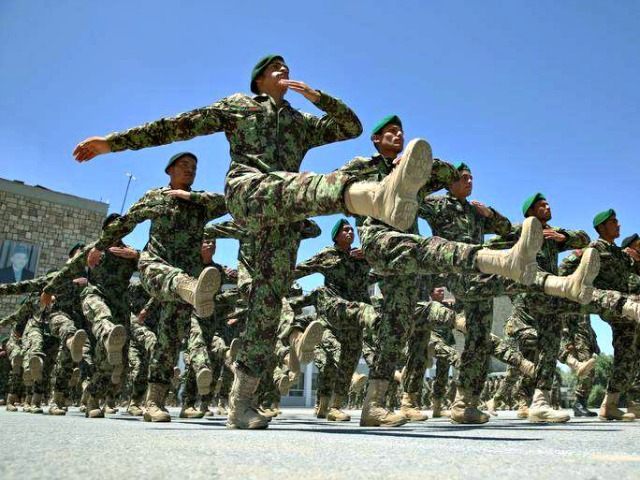The Taliban is expanding across Afghanistan, raising widespread concern about whether the Afghan government and its forces are capable of dealing with the worsening security crisis afflicting the country.
Special Inspector General for Afghanistan Reconstruction (SIGAR) John Sopko, a watchdog appointed by Congress, last week told a crowd at the Center for Strategic and International Studies (CSIS) in Washington, D.C. that no one knows where the Afghan security forces stand as far as their capabilities and manpower are concerned.
He warned that it remains uncertain whether the Afghan security forces and the ministries that manage them will be able to fulfill their responsibilities by the time the U.S. draws down to a small military presence in December 2016.
SIGAR’s assessment comes at a time when security across Afghanistan is worsening.
Afghan soldiers have suffered 70 percent more casualties so far this year than during the same period in 2014, Col. Brian Tribus, director of public affairs for the U.S.-led coalition in Afghanistan, told The Washington Post.
Meanwhile, civilian casualties have experienced a 10 percent increase over that same period.
Quoting provincial and local law-enforcement officials, The Washington Post reported that “Taliban militants are expanding their reach into new areas of Afghanistan, straining security forces who are locked in some of the bloodiest battles of the 13-year-old insurgency.”
“In the first spring fighting season since the U.S.-led coalition ended combat operations in Afghanistan [last December], heavy clashes are being reported in at least 10 Afghan provinces,” it added. “The provinces are in every corner of the country, creating widespread unease about whether the Afghan government and army can repel the threat.”
SIGAR expressed concern about the capability of the Afghan security forces, the accuracy of its manpower, and its long-term sustainability when he spoke at CSIS.
Despite billions of dollars spent on capacity-building since the war started on Oct. 7, 2001, the Afghan army has not achieved the highest capability rating level.
“It’s not just the Afghan troops we at SIGAR are worried about. It is the Afghan ministries themselves,” said Sopko. “Senior U.S. [military] leaders in Afghanistan have told me that it will take years for the Afghans to master their essential functions, as we define them, and that they will not master any of them by the time the U.S. shrinks its military presence at the end of 2016.”
Nevertheless, U.S. military officials maintain that “the Afghan army continues to expand its capabilities,” according to The Post.
Attiqullah Amerkhil, a Kabul-based political and military analyst, told The Post that the Afghan security forces are dealing with “the worst fighting season in a decade,” adding that “there is now fighting in every part of the country.
The Post notes that the violence partially stems from an expanding battlefield, adding that operations on the Pakistani side of the border have pushed scores of terrorists into Afghanistan in search of new safe havens.
Doctors Without Borders/Médecins Sans Frontières (MSF) on Friday reported it has treated 204 “war-wounded” at its trauma center in Afghanistan’s northern province of Kunduz since mid-April.
“That is more than double the number of patients it treated because of fighting last year,” pointed out The Post.
The government of Afghan President Ashraf Ghani is to blame for the worsening violence, according to Hekmatullah Azamy, a researcher at the Kabul-based Center for Conflict and Peace Studies.
Ghani was too focused on peace talks with the Taliban rather than preparing his government and army for the spring fighting season, Azamy told The Post.

COMMENTS
Please let us know if you're having issues with commenting.